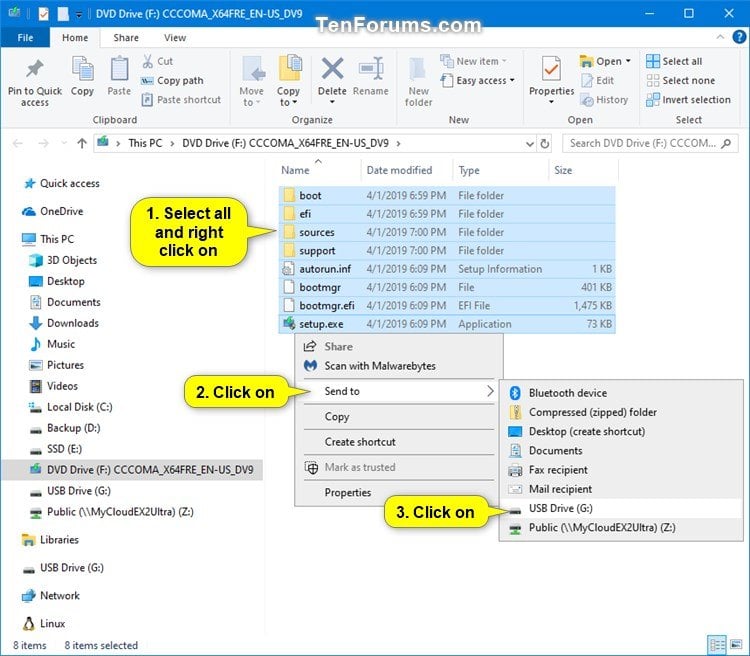

Click “Browse” to locate your Windows ISO file and then click “Next. Run the tool and give it permission to make changes to your PC. Once you’ve got the tool installed, creating your USB installation drive is a pretty straightforward process. Once it is done downloading, click Finish. The download is several gigabytes in size, so it could take a while if you’ve got slower internet.

The Media Creation Tool will download Windows 10 and create a bootable USB drive. The tool works just fine for Windows 7, 8, and even 10. Select the USB drive you want to use, then click Next. The description on that page, on the actual download page, and on the tool itself talk a lot about Windows 7 and even XP. With your ISO file saved to your computer, your next step is to download and install the Windows USB/DVD Download Tool. RELATED: How to Create a Windows ISO from a Disc Using ImgBurn Step Two: Create Your Installation USB Drive with the Windows USB/DVD Download Tool Be sure to copy anything you want off of it, because this process will erase it. Once you have both your ISO and flash drive in hand, you’re ready to continue. You’ll also need a minimum of a 4GB flash drive to create your installer. If you don’t have Windows installation DVD, you can download ISO files for Windows 10, 8, or 7 directly from Microsoft. If you already have an installation DVD, you can use it to create an ISO file using ImgBurn, a handy little free utility that’s been around forever. Note: One limitation of Windows DVD/USB tool, it only works to create a bootable USB drive using Windows 10/7/8/Vista/XP ISO file and for Linux, you have to see our next tool that is Rufus.Step One: Create or Download an ISO for the Windows Installation Mediaīefore you can create your USB installation drive, you’ll need to have your Windows installation media available as an ISO file. Remove the USB stick via “ Safely Remove Hardware“.

Another click on “ Begin copying“, then “ Erase the USB” and once again confirm the delete action with “Yes” – that’s it


 0 kommentar(er)
0 kommentar(er)
